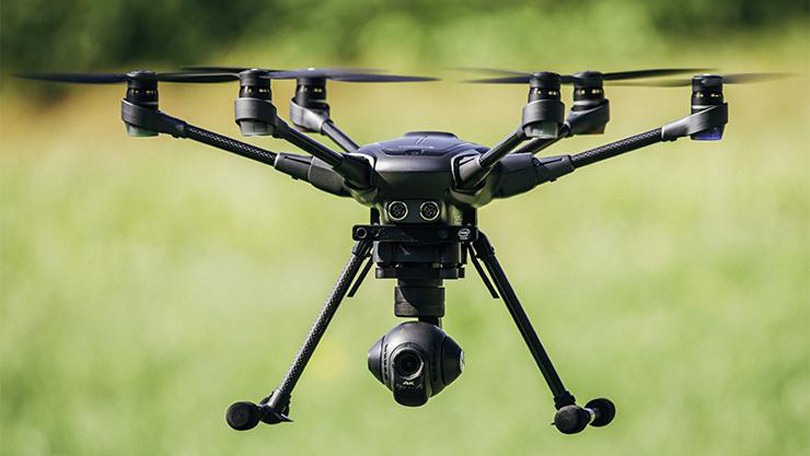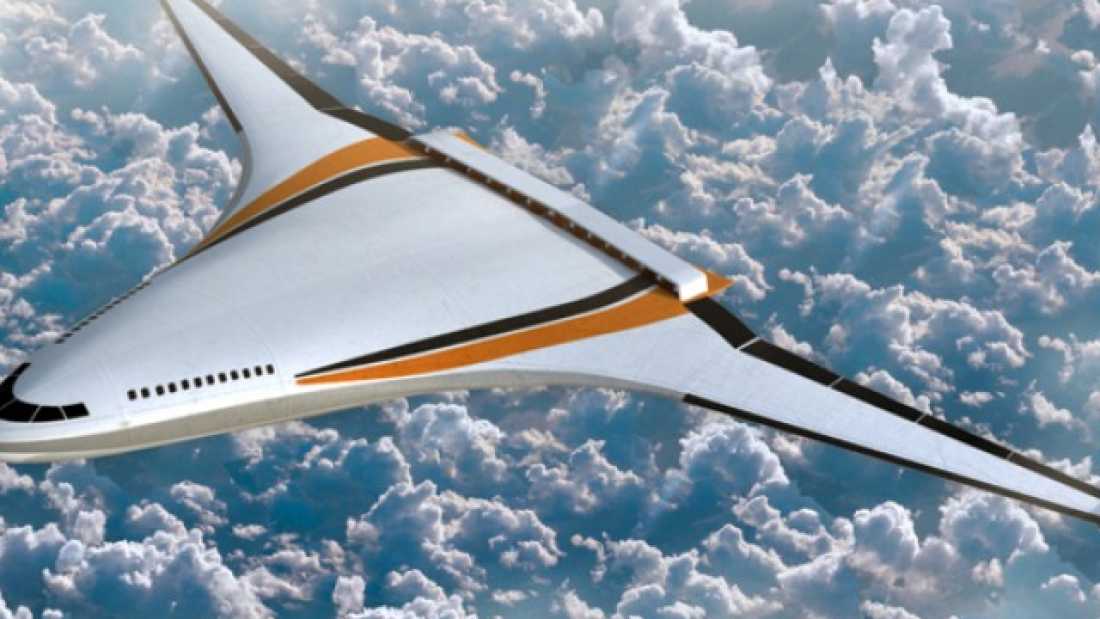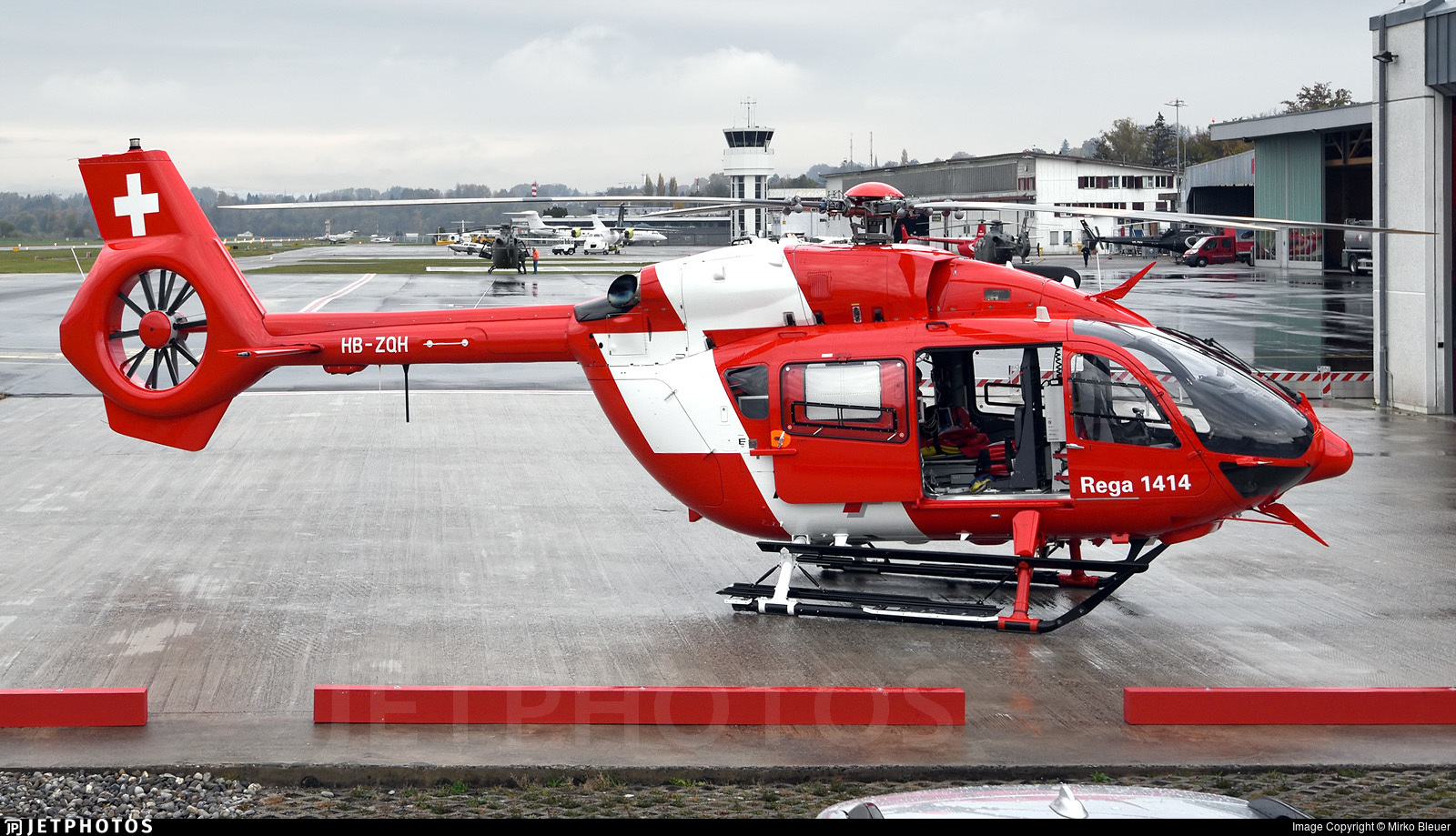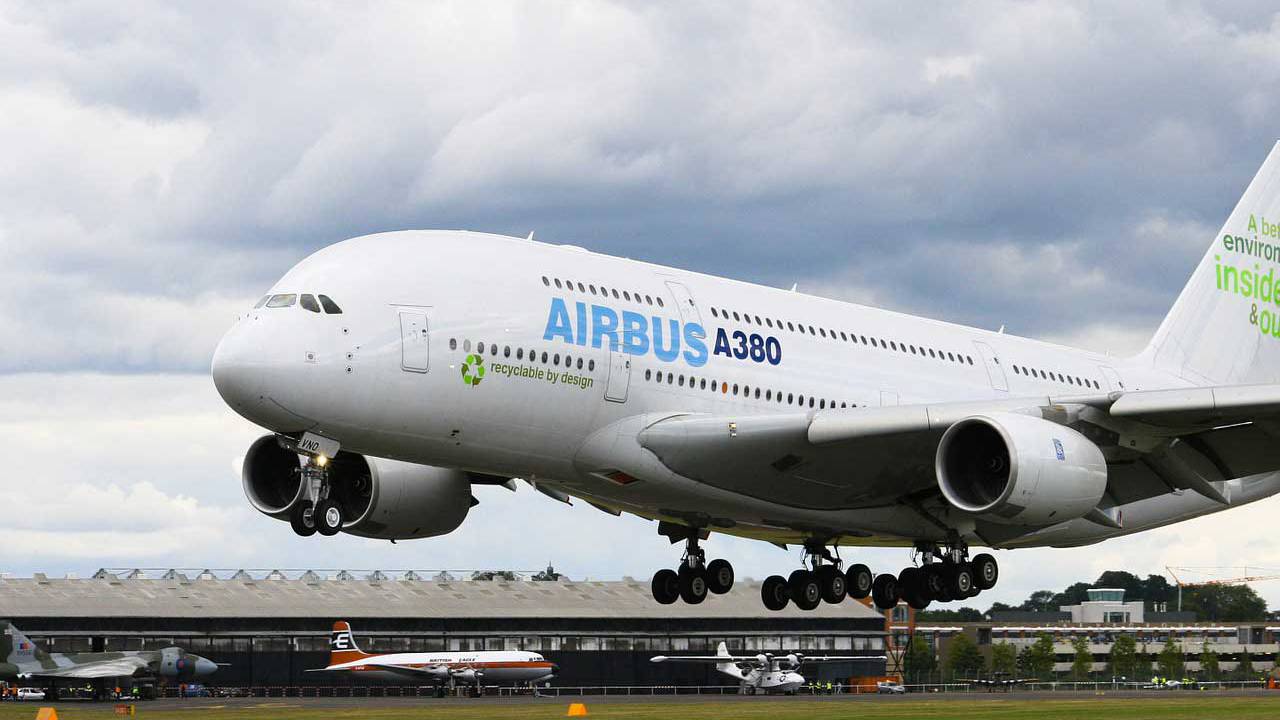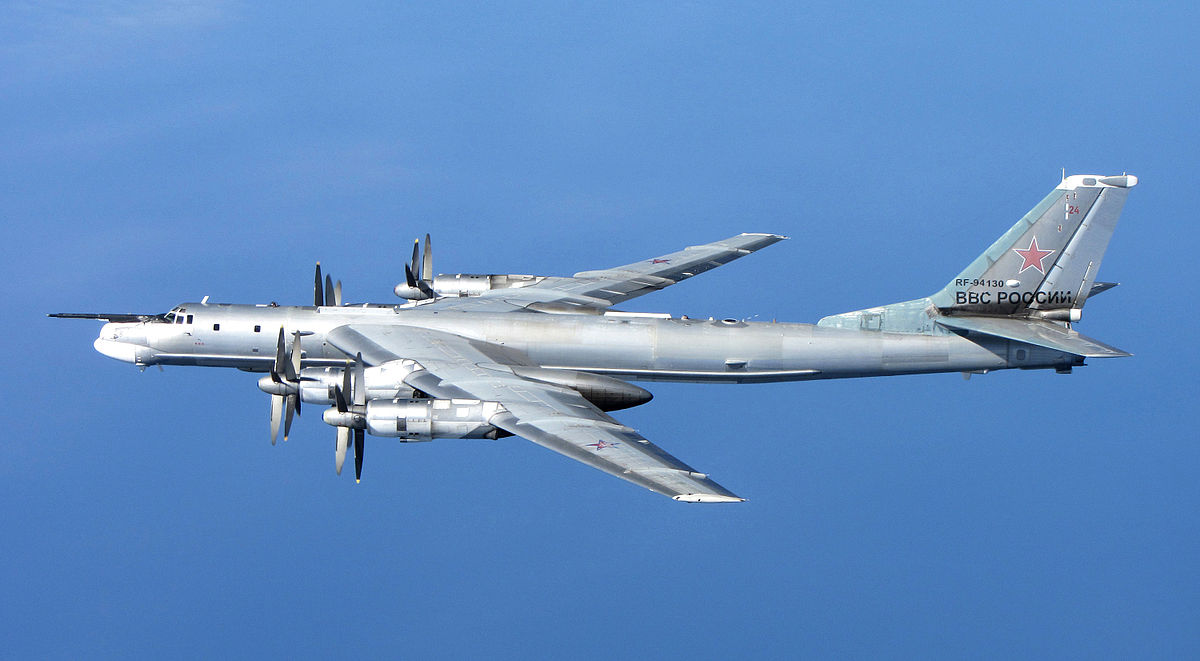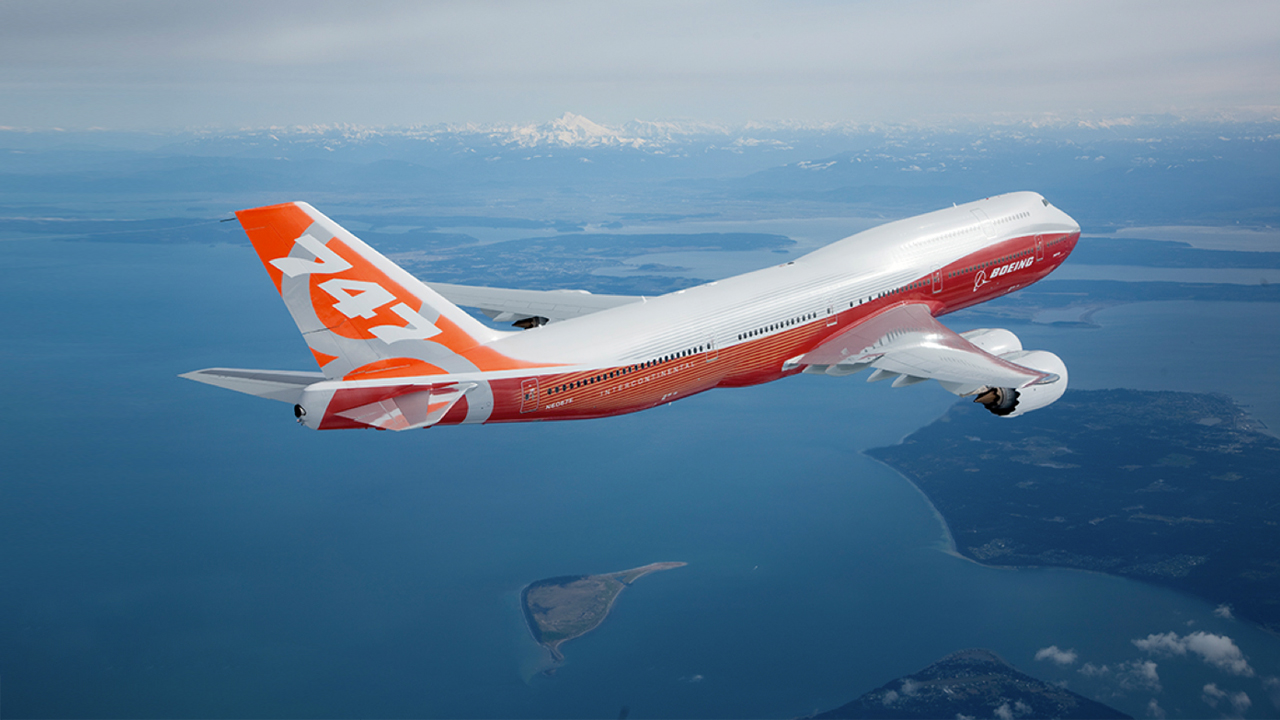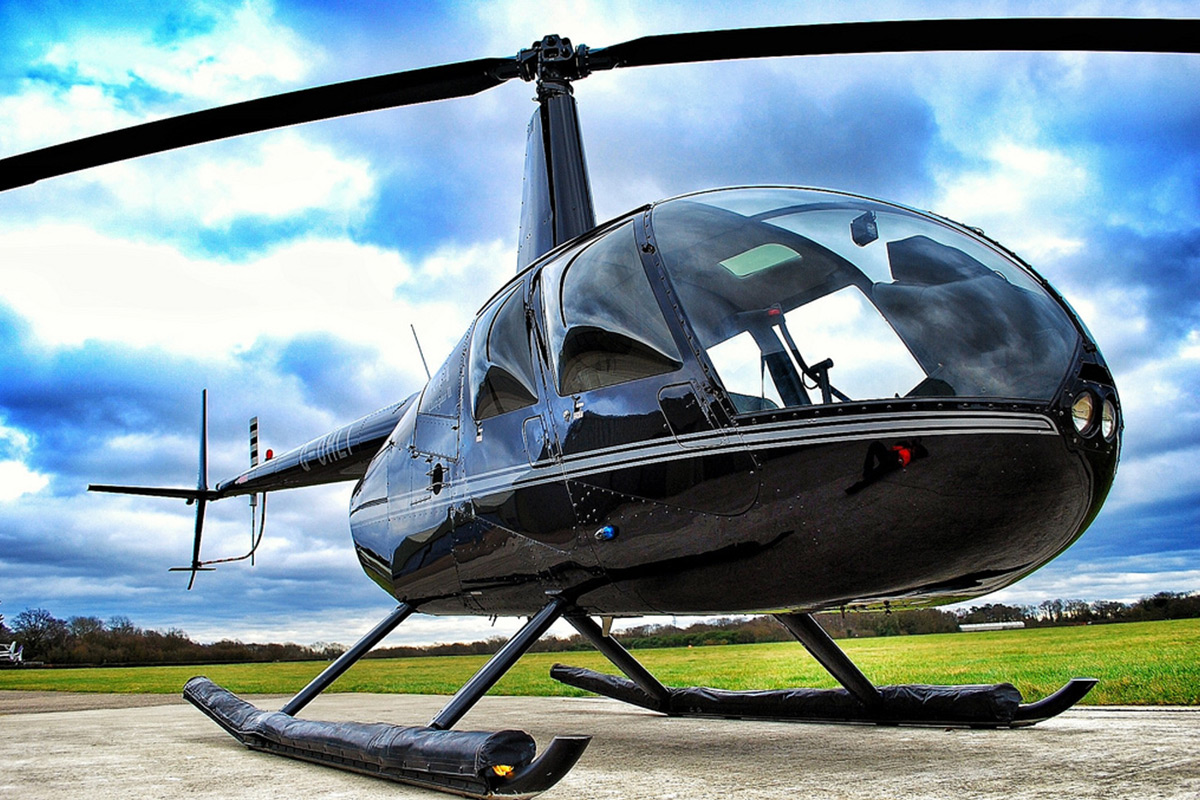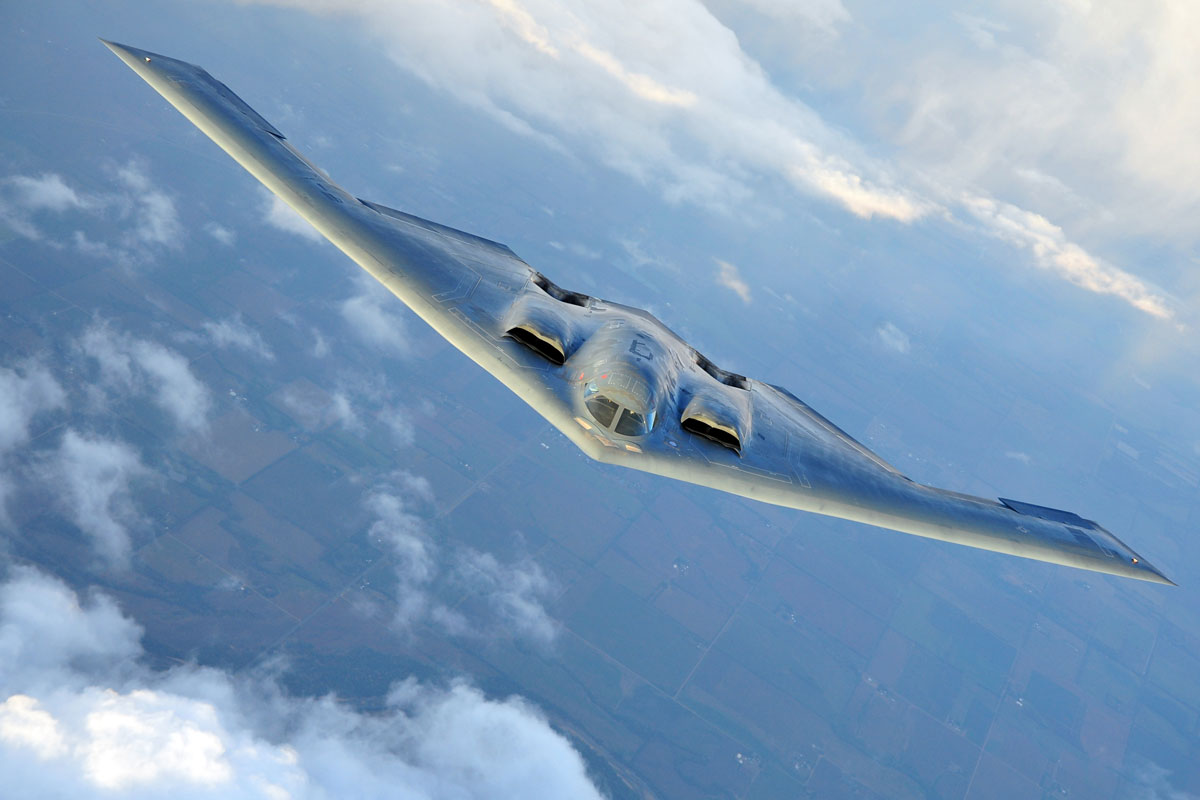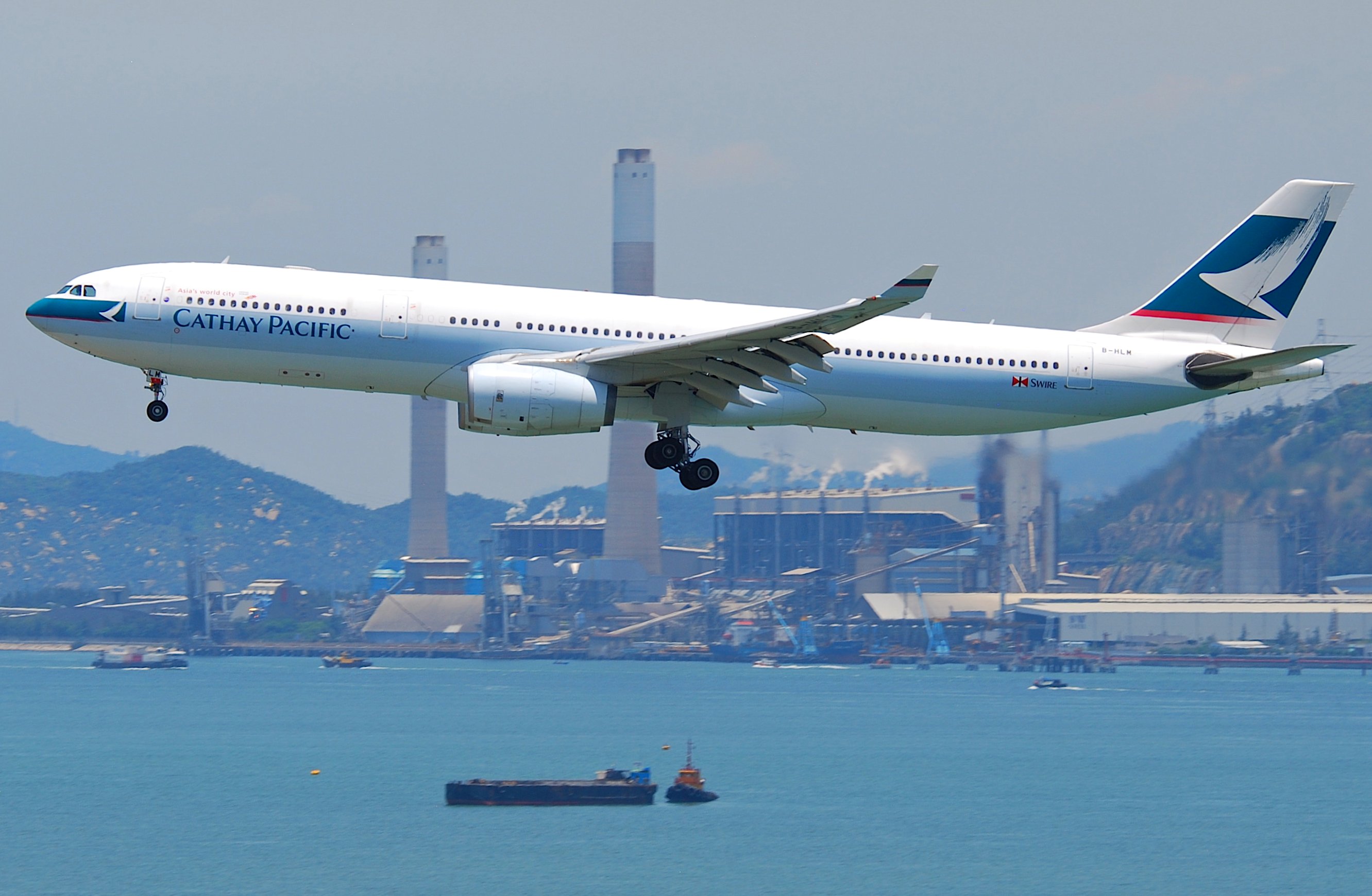Future Passenger Aircraft: What Tomorrow’s Airplanes May Look Like
The next few decades will redefine everything we think we know about commercial aviation. Behind the scenes, manufacturers and researchers are grappling with a future in which global air traffic could grow seven-fold and environmental pressures intensify dramatically. The increasing demand for long-distance travel collides with the urgent need for cleaner skies, pushing the aviation industry toward a technological transformation unlike anything it has attempted before. What emerges by 2050 could feel closer to a reinvention of flight than a simple upgrade of the aircraft we use today.


